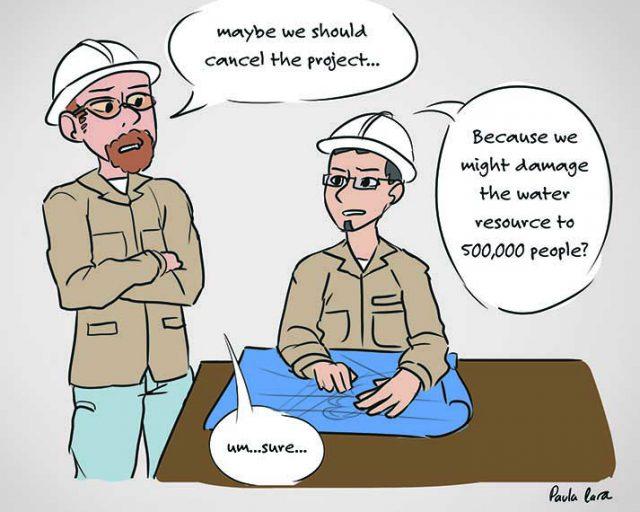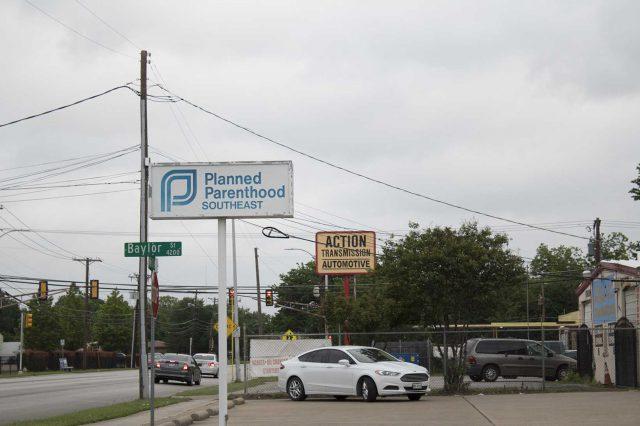Drinkable water might be at risk for thousands of us.
In January, the Oklahoma-based energy company BlueStone Natural Resources II applied to the Texas Railroad Commission for a permit to drill a wastewater disposal well, or injection well, on the west side of Lake Arlington.
Natural gas wells produce millions of gallons of salt water and toxic waste. BlueStone’s injection well is intended to collect that waste from the company’s gas wells and dispose of it underground.
But, injection wells pose serious hazards, so allowing an injection well so close to the Lake Arlington Dam could put both the dam and a vital water supply in danger.
The lake holds around 13 billion gallons of water and provides treated, drinkable water for many cities across North Texas. The 2011 Lake Arlington Master Plan estimates that the lake provides drinking water to more than 500,000 North Texas residents.
Though the risk for a significant well leak that leads to water contamination is supposedly unlikely, the EPA’s records from 2008 to 2011 show 150 reported instances where waste from injection wells supposedly reached aquifers.
What’s even more troubling is leaking wells can go easily undetected because once waste is underground, there are few ways to track how far it goes, how quickly it leaks or where it ends up.
Injection wells have also been linked to earthquakes. According to United States Geological Survey seismologist Justin Rubinstein, the current scientific consensus is that injection wells cause earthquakes.
Additionally, a study done by the U.S. Army Corps of Engineers found injection wells present a higher risk level when dams are involved. The study recommends not drilling injection wells within 16,400 feet from a dam. According to the city of Arlington, the proposed location for BlueStone’s injection well is around 9,300 feet from the Lake Arlington Dam.
The Texas Railroad Commission, which regulates Texas’ oil and gas industry, is still considering the permit.
While there’s no way to know whether the well might leak, the dam could be damaged or more earthquakes might happen, the commission should err on the side of caution and deny the permit request. Usable, drinkable water is, after all, a necessity for survival.
In case protecting the drinking water for thousands of North Texans isn’t persuasive enough, drilling an injection well on the west side of Lake Arlington also isn’t necessary.
The gas wells in Fort Worth take the wastewater from their gas wells to disposal wells elsewhere, so the Oklahoma-based company should too.
Unfortunately, TRC’s history shows they tend to be an exceedingly friendly regulator, meaning if the three commissioners can see BlueStone’s request in any favorable light, they’re most likely going to ignore the research and approve the permit. Concerned citizens should contact their city manager’s office to insist their local elected leaders file a protest with the Trinity River Authority.
So far, Fort Worth and Arlington have filed protests against letting BlueStone drill an injection well so close to the dam. A hearing has since been set for May 24 and 25 in Austin, over three hours away from the dam, land, water and residents this injection well would put at risk.
Liveable Arlington, a grassroots group that advocates for the environment, has organized to inform the community about the well and its risks, to stop the permitting of the well and to push for the hearing to be moved to Tarrant County so affected residents can attend and speak.
Concerned citizens can visit savelakearlington.org to learn more and find out how they can help.
Proper disposal of toxic waste from natural gas wells is important and necessary, but drilling so close to a large source of drinking water for hundreds of thousands of North Texans is, simply put, a terrible idea.

































